Shared history: European culture routes crossing Romania

Since its launch in 1987, the Cultural Routes program of the Council of Europe has been focused on the rich and diverse heritage of the continent. Several landmarks in Romania have been included among the over 30 such available routes, speaking of the country’s ancient or more modern history and heritage.
The Roman Emperors and Danube Wine Route covers archaeological sites that stand testimony to the presence of the Roman emperors and their legacy along the northern frontier of the Empire. The wine part of the route incorporates the regions which continue the tradition of wine production that begun in Roman times.
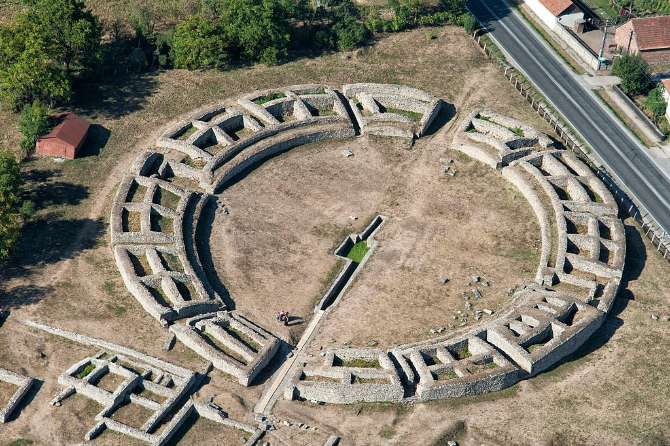 Ulpia Traiana Sarmizegetusa
Ulpia Traiana SarmizegetusaFour sites in Romania are part of this route: Ulpia Traiana Sarmizegetusa, the former capital of Roman Dacia; Trajan’s Victory Monument in Adamclisi; Alba Iulia (Apulum), which was a legionary base established under the emperor Trajan during the Dacian Wars; and Roşia Montană (Alburnus Maior), a Roman mining center established by the emperor Trajan for exploiting Dacia’s mineral resources, with the emphasis on gold.
Ulpia Traiana Sarmizegetusa is one of the most spectacular archaeological sites in Romania. It is located 40 kilometers away from Sarmizegetusa Regia, which was Dacia’s capital before the Roman conquest. The archaeological site includes remains of an amphitheater, of the goddess Nemesis Temple, of a Great Temple, workshops of glass blowers, and ancient baths.
How to get there: The site is located in Hunedoara county. From Bucharest, take the E81 and the A1. The drive is shorter coming from Timisoara or Sibiu, connected to Bucharest by various air routes.
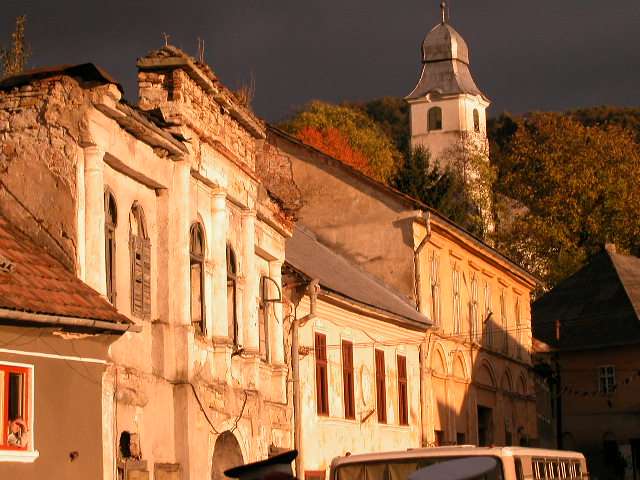 Rosia Montana
Rosia MontanaThe Rosia Montana site covers mining galleries, excavated since Roman times in a process that continued during the medieval and modern periods, the Roman landscape at the surface, the historic industrial landscape, and the Rosia Montana mining fair.
Rosia-Montana almost made it into the UNESCO World Heritage sites this year but its inclusion was deferred at Romania's request, until a lawsuit concerning a Canadian company's rights to mine there is settled.
How to get there: From Bucharest, Rosia Montana is a six-hour drive away, on E 81. Close-by airports are in CLuj-Napoca or Arad.
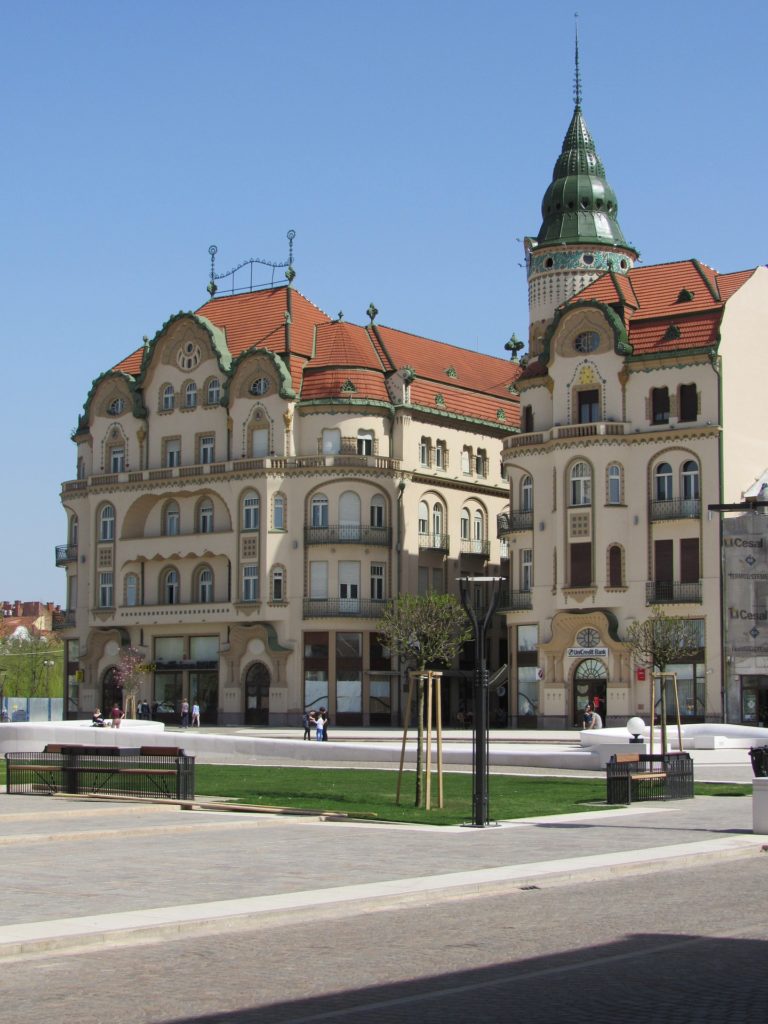 Snapshot of Oradea. Photo: Pixabay
Snapshot of Oradea. Photo: PixabayA beautiful city in western Romania, often overlooked as a tourist destination in favor of Cluj-Napoca or Timisoara, is Oradea, part of the Art Nouveau Network. This European network covers the cultural phenomenon of the Art Nouveau and includes cities such as Barcelona, Brussels, Budapest or Vienna.
The Romanian city boasts an impressive artistic and architectural heritage of Secession-style buildings. Some of the city’s buildings representative for the spirit of Art Nouveau are the Fűchsl Palace, the Park Hotel, the Black Eagle Palace or the Darvas – La Roche House.
The list of places to visit in Oradea is much longer. Biserica cu Luna (The Moon Church) has an astronomical clock depicting the phases of the moon. Furthermore, the Oradea Fortress is one of the most important late medieval architecture monuments in Transylvania. It was a significant religious, cultural and military landmark of its time.
The Baroque Palace of Oradea is also worth visiting, and today hosts the Țara Crișurilor museum. It was designed by Viennese architect Franz Anton Hillebrandt with the help of Italian engineer Giovanni Battista Ricca.
How to get there: Local airlines Tarom and BlueAir connect the capital to Oradea.
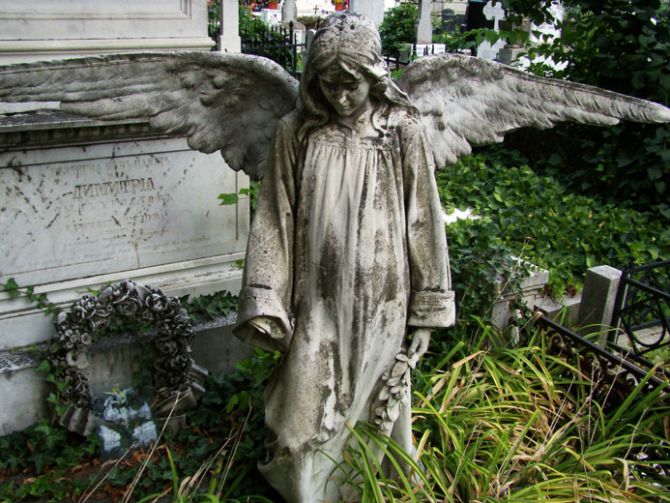 Bellu Cemetery
Bellu CemeteryA landmark in the Capital for the number of personalities who are laid to rest here, the Bellu Cemetery is part of the wider European Cemeteries Route.
Romantic sculptures blend in the cemetery’s architectural patrimony of decorated sepulchers in Neo-Gothic and Art Deco style. It also includes three mausoleums that were made by architect Ion Mincu, a promoter of the Neo-Romanian style.
It was conceived as an Orthodox Cemetery, but has made exceptions like the occult monument dedicated to the child of the Romanian writer Bogdan Petriceicu Hasdeu, who died at 17 in Paris. Other famous Romanians, such as poet Mihai Eminescu, singer Maria Tanase, ministers, writers, actors, architects, and bankers are buried here.
How to get there: The cemetery is located in the capital's District 4, at 3-5 Oltenitei Road. The Eroii Revolutiei metro station is close by. Several bus lines also stop in the vicinity: 116, 141, 232.
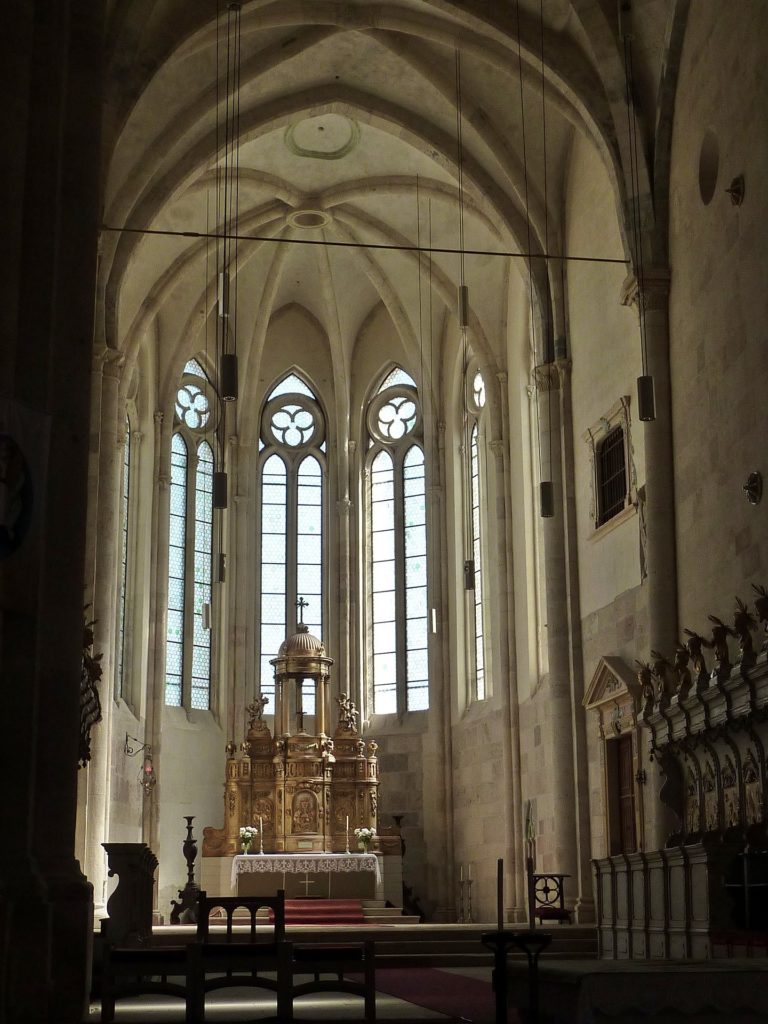 Alba Iulia. Photo: Pixabay
Alba Iulia. Photo: PixabayThe Romanesque heritage in Alba Iulia was included in the Transromanica Route, which covers Romanesque monuments, cathedrals, monasteries and beautiful churches, dating from medieval times. They all have in common the Romanesque architecture, characterized by the use of round arches, cubiform capitals and symmetrical plans.
The Roman-Catholic Cathedral Saint Michael in the city is considered the oldest, and also the longest cathedral in the country for its 81 meters in length. The construction was started towards the end of the 11th century but was partially destroyed during the Mongol invasion of 1241. It was rebuilt in the 13th century in a mix of Romanesque and Gothic.
Besides the Roman-Catholic Cathedral, plenty of other sites await visitors in Alba-Iulia, among them the refurbished Alba Carolina Citadel, the History Museum of Unification, the Orthodox Unification Cathedral or the Batthyaneum Library.
Travel planner: Re-discovering Alba Iulia, the Romanian city where history comes to life
Travel planner: Alba Iulia – the beating heart of Romania
How to get there: From Bucharest, you can drive taking the E81. A shorter drive is from Cluj-Napoca, connected to the capital by various air routes.
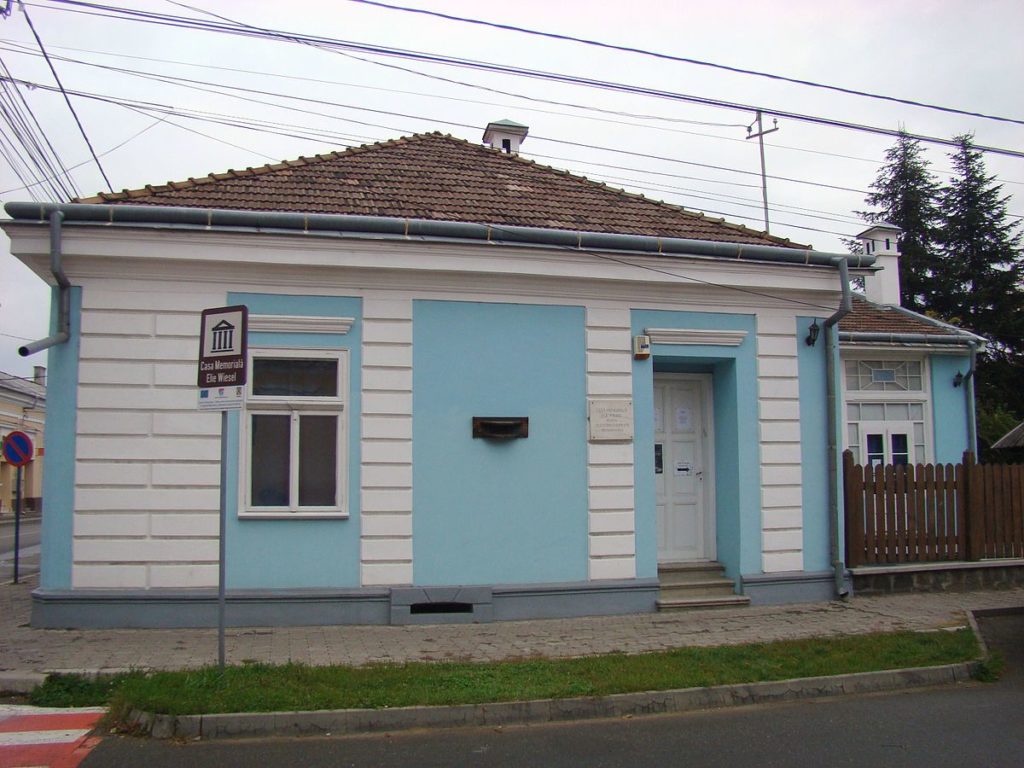 Elie Wiesel House. Photo:Țetcu Mircea Rareș /Wikipedia
Elie Wiesel House. Photo:Țetcu Mircea Rareș /WikipediaPart of the Jewish legacy in Romania is included in the European Routes of Jewish Heritage. It is the Jewish heritage in the old and beautiful region of Maramures, known for its wooden churches which are part of UNESCO World Heritage and the Merry Cemetery in Sapanta.
The Jewish communities in the region are almost gone today but this wasn’t the case prior to 1944. During the Second World War, many Jews from the Maramures region were deported to the Auschwitz and Birkenau camps. Only around 4,000 of the survivors returned to Sighet, Baia Mare and Satu Mare, only to leave the country in the 60s and 70s.
The route covers the Memorial House of Elie Wiesel, the Romanian-born American Jewish writer, Holocaust survivor, and Nobel Prize winner; the 500-year-old Jewish cemetery in Sighet; or the Great Temple in Satu Mare.
The Elie Wiesel House hosts a large collection of photos, furniture and other personal things that belonged to the Jewish community from Maramures. More about the route here.
Travel planner: Maramureș: Where Romania comes home
Discovering Northern Romania in search of Jewish roots
How to get there: Local airline Tarom flies from Bucharest to Satu Mare. From there, Sighetu Marmatiei is a two-hour drive away, via DN 19.
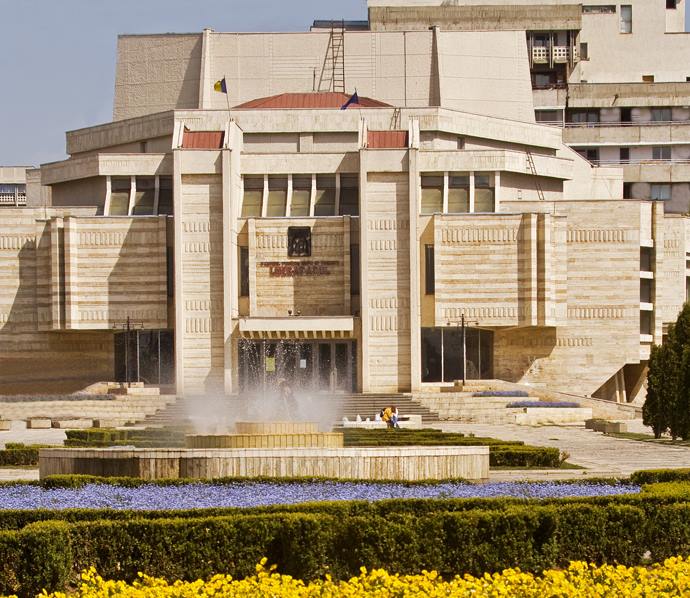 Luceafarul Theater in Iasi. Photo: Teatru Luceafarul Iasi FB Page
Luceafarul Theater in Iasi. Photo: Teatru Luceafarul Iasi FB PageThe city if Iasi, in northeastern Romania, is part of the Architecture of Totalitarian Regimes in Europe’s Urban Memory (ATRIUM) Route. The city has plenty of historical buildings to show but part of its heritage has been taken down to make way for the architecture of the Communist regime.
As such, modern architecture be found within an area of only 200 sqm in the city, in the buildings of the Prefecture, various large blocks of flats, like those of the Union Square Ensemble, the Student’s Culture House and the Luceafarul Theatre.
While in Iasi, you can also visit the Metropolitan Cathedral and the Trei Ierarhi Church, both dating from the 17th century, the Great Synagogue, the recently refurbished Palace of Culture, which is host to several museums, or the city’s Botanical Garden.
Romanian cities: Iasi, the Moldavian city spread over seven hills
editor@romania-insider.com
(Opening photo: Oradea on Pixabay)















